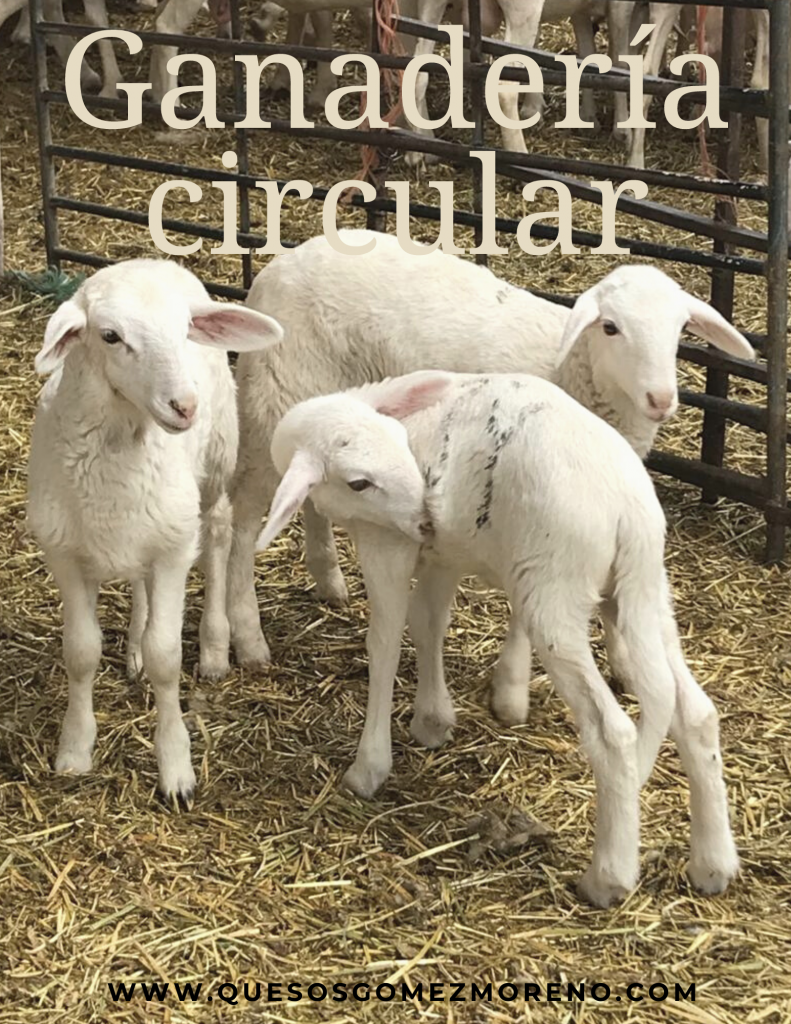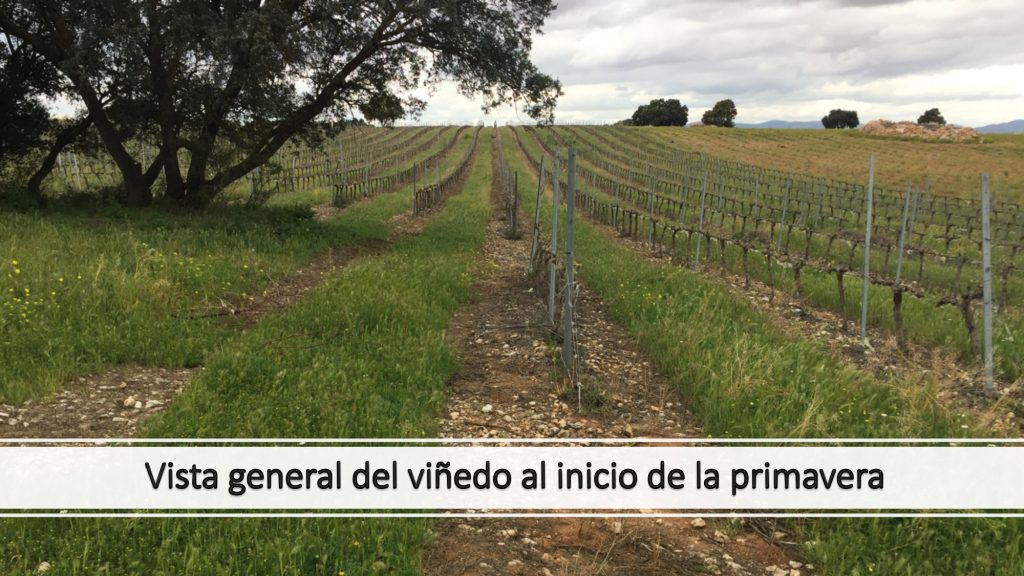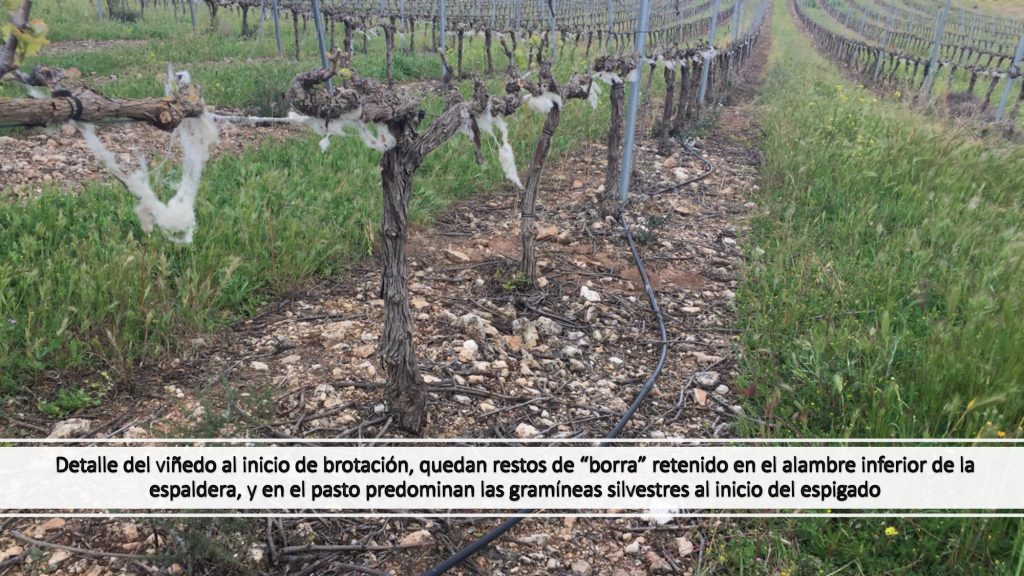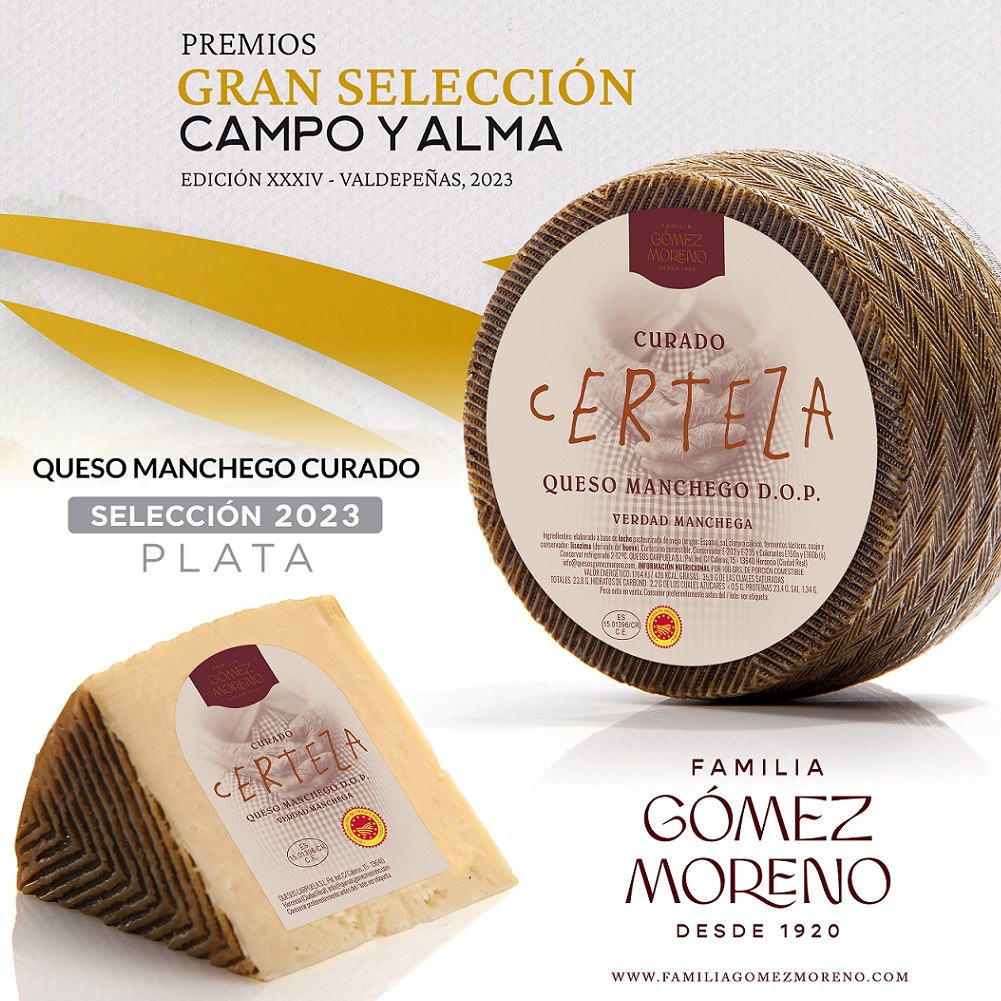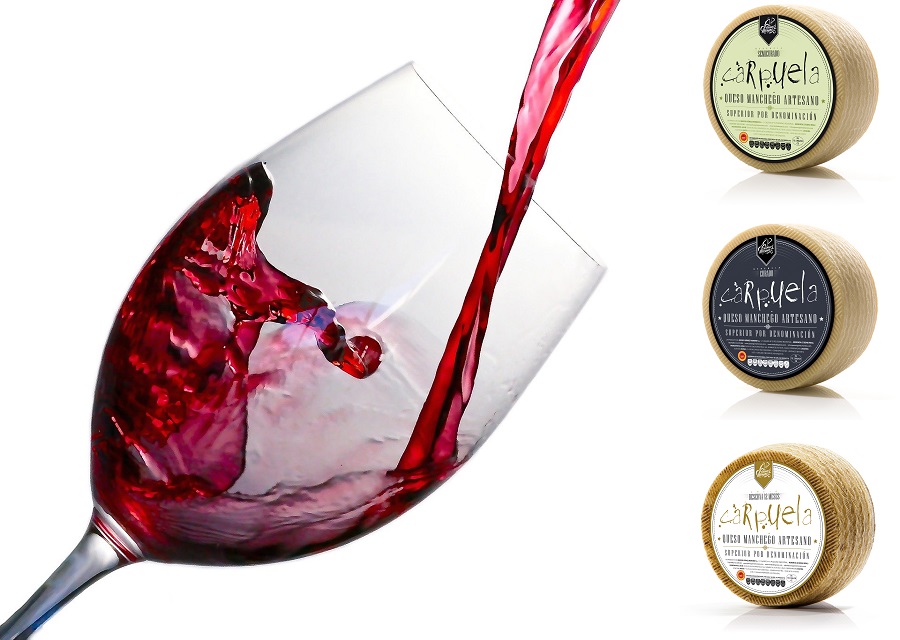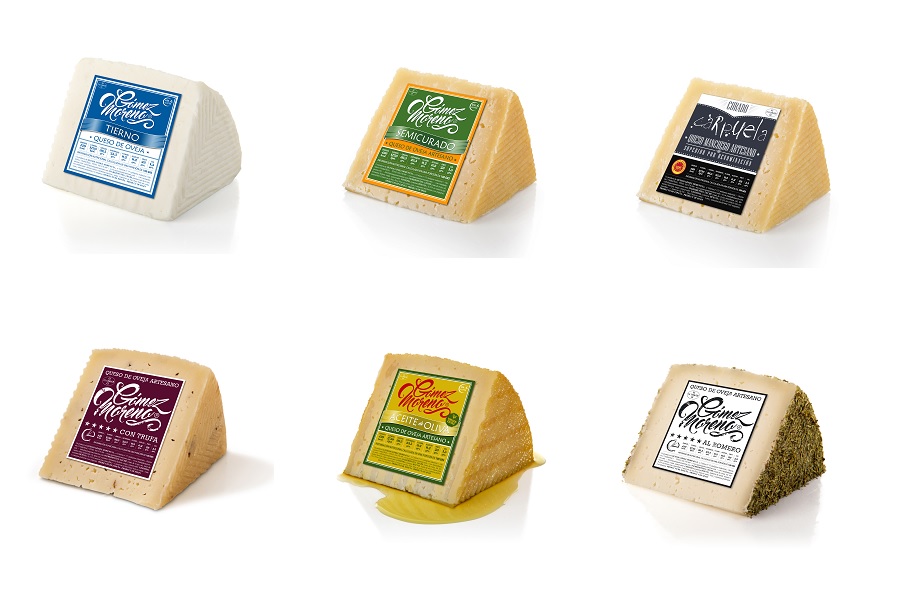The importance of following the circular model not only in the economy but also in agriculture and livestock farming, to achieve a more sustainable and environmentally friendly production model.
Given that our increasingly fast-paced, consumerist, and polluting lifestyle, along with the growing generation of waste, is rapidly depleting our resource supply (which is limited), we must adopt new, more sustainable ways of living and introduce new practices into our daily lives, such as recycling, circular economy, energy saving, etc.
Most people believe that this does not involve higher costs or lower results; however, the opposite is true, as it simply requires greater care and attention in what we do, thus optimizing the resources we have.
Circular economy
First of all, let’s define what is meant by circular economy according to the European Parliament: it is based on a strategy aimed at reducing the input of virgin materials and the creation of waste, in such a way that economic and ecological resource cycles are closed.
This is why we must commit to a production model based on recycling as a fundamental principle for increasing efficiency and, applied to our field, guiding us toward a model of circular livestock farming.
Sustainably managing livestock waste is essential to reduce greenhouse gas emissions and prevent environmental pollution—one of the greatest challenges the livestock sector faces today.
That is why livestock farming must be modernized and adapted to the new climate paradigm, and this is where the circular economy comes into play—making use of the resources obtained during the production process while reducing the impact on the environment.
Example of circular livestock farming
An example of circular economy in livestock farming is what we carry out at Quesería Gómez Moreno, which, as you all know, is a family-owned company that has full control over the production process, making it easier to focus and direct the intended impact.
One example of this is the management of the plant cover in the vineyard and walnut plantations at Finca El Paraíso, located in Villarta de San Juan, through sheep grazing.
How grazing affects the management of plant cover
With the elimination of tillage, the establishment of spontaneous herbaceous vegetation in the soil of the plantations has been encouraged. Initially, control was carried out through mowing, but later the decision was made to manage it through grazing.
The livestock is managed to align with the seasonal cycles of the spontaneous vegetation, which is adapted to the area’s semi-arid Mediterranean climate. This means greater species diversity and an abundance of grazeable biomass during the autumn-spring period, precisely when the woody crops are leafless.
In the summer period, species diversity is lower and is concentrated along the drip irrigation lines. Grazing remains possible in tall crops such as walnut and pistachio trees.
The floristic inventory presented here is by no means exhaustive, and since it consists of spontaneous, native, or naturalized species in the area, it is subject to natural evolution and succession resulting from management conditions and interannual climate variability.
Positive impact on the surrounding environment in which it operates
Lastly, the positive effect that this management has on soil fertility and the biodiversity of other groups of organisms is also mentioned.
Scientific list of the factors involved
Detail of the natural pasture of annual species adapted to grazing in a semi-arid Mediterranean climate:
- Grasses
- Oat (Avena sterilis)
- Brome (Bromus mollis and Bromus diandrus)
- Wall barley (Hordeum murinum)
- Annual bluegrass (Poa annua)
- Rigid ryegrass (Lolium rigidum)
- Legumes:
- Hooked milkvetch (Astragalus hamosus)
- Toothed bur clover (Medicago polymorpha)
- Bird’s-foot (Ornithopus compressus)
- Clovers (Trifolium sp.)
- Vetches (Vicia sp.)
Among the dominant species listed above, many others belonging to different botanical families can also be found. Some of them are the following:
- Biscutella auriculata
- Capsella bursapastoris
- Descurainia sophia
- Diplotaxis erucoides
- Eruca vesicaria
- Rapistrum rugosum
- Sisymbrium sp.
- Anthemis arvensis
- Chondrilla juncea
- Conyza sp.
- Crepis sp.
In the walnut plantation, the evolution of the flora from autumn to spring is similar to that of the vineyard.
Throughout the summer, the morphology of the trees allows for grazing to make use of the grasses that grow along the drip irrigation lines.
As is typical of natural flora adapted to the arid Mediterranean climate, the variety of herbaceous species during the summer is considerably lower. Among them are:
- Chenopodium sp.
- Amaranthus sp.
- Portulaca oleracea
- Convolvulus arvensis
- Heliotropium europaeum
- Solanum nigrum
- Conyza sp.
- Lactuca sp.
- Salsola kali
- Digitaria sangunalis
- Setaria sp
Development of circular livestock farming
The elimination of tillage allows organic residues to remain on the surface and form a protective layer over the soil. As the humus content increases, soil structure improves, and soil biodiversity and biological fertility are enhanced.
High ant populations are the most evident proof that this type of soil management supports the life of many other species. Ant activity contributes to the processes that improve soil fertility.
In addition to ants, by disturbing the surface layer of organic residues, it is possible to observe numerous arthropods responsible for the initial stages of organic matter decomposition, such as springtails, myriapods, millipedes, and symphylans.
A large part of the species present completes its life cycle due to the staggered presence of flowering plants and the absence of mechanical interventions.
This study, and consequently its implementation in our initial stage of milk production, is endorsed by agronomists from the area.
It is worth mentioning that this practice is an agreement between the farmer and the livestock breeder, creating a win-win situation: the farmer saves on plowing to remove “weeds” and “forage,” thereby also preserving plants beneficial to the crops that would otherwise be indiscriminately removed by plowing, while the livestock breeder saves on purchasing feed for the animals.
With this brief overview of what circular livestock farming means, entails, and benefits, we want to encourage and raise awareness among all companies in the sector to start trying it out. Without a doubt, we have added to our business results and, in doing so, contribute our part to caring for the environment.
And of course, this will be reflected in the final product—our sheep cheese. You can buy our Manchego and artisan cheeses in our cheese shop.
If you enjoyed this article, let us know in the comments so we can expand and delve deeper into the topic.

